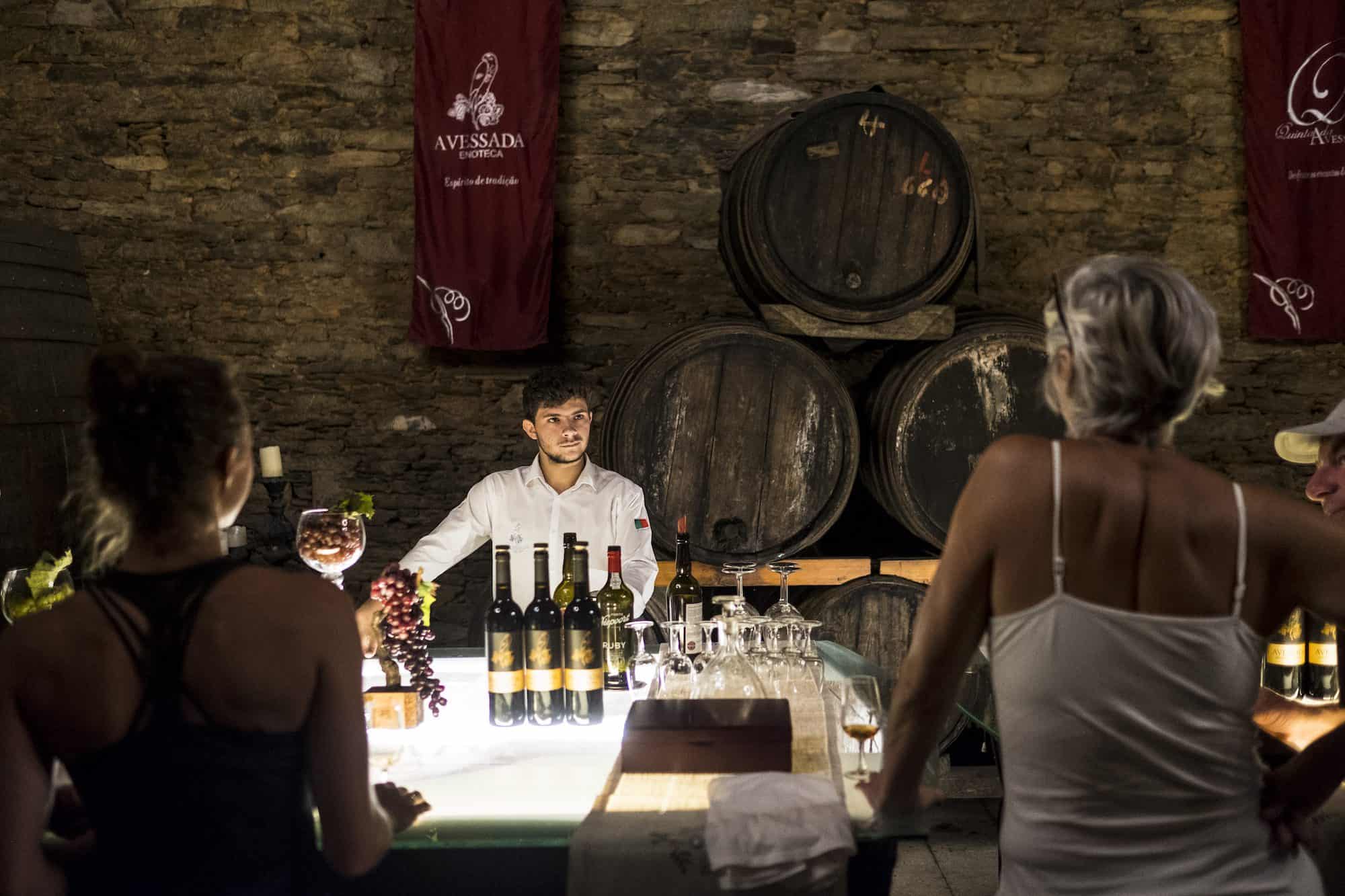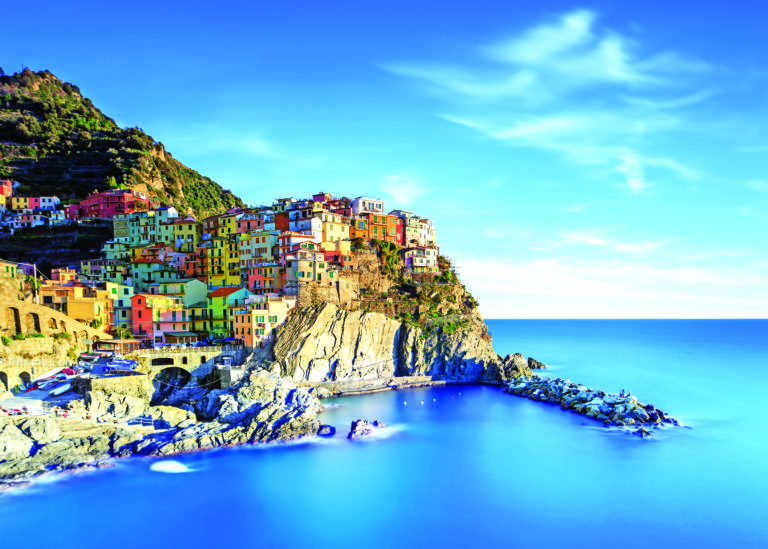What makes Portugal special?
Portugal is an enigmatic country, which can make it delightful and frustrating in equal measure. I love the fact that its layers of tradition run deep; it is a living museum. There are stories everywhere: in the stone structures, the land, the shore.
But to truly appreciate what is here, you have to slow down and listen. Especially to the elder folk, even if you can’t understand them. They can be very animated, and usually have a lot to say!
What three words best describe the Douro Valley?
Scenic, ancient, bountiful.

What makes the Douro Valley’s wine scene so unique?
The Douro Valley is one of the oldest demarcated wine regions in the world, with evidence of around 2,000 years of wine production. A great swathe of the region, the Alto Douro, was designated a UNESCO World Wine Heritage Site in 2001. There’s a large variety of fortified wine produced around the world, but anything labelled ‘port’ is exclusively from the Douro Valley.
What are your top wine experiences in the Douro Valley?
There is such a wide selection of vineyards in the Douro Valley it would be impossible to visit them all, but for tried-and-true with spectacular views:
- Quinta do Bomfim for quality tours and tastings, and prized wines both traditional and contemporary.
- Quinta do Vallado is an impressive winery and location, one of the oldest in the Valley.
- Quinta das Carvalhas is a classic, spectacular wine estate with guided tours and tastings.
- Quinta da Pacheca, an 18th-century winery, has a fine restaurant plus 10 giant barrels that you can overnight in.
- Quinta de Santa Eufémia is a small producer with seven generations of hospitality history, which makes up for their low-key location.

Your favourite places to eat?
Aneto & Table, in Peso da Régua, is a crowd-pleaser of local gastronomy, complementing their vineyard products. One of four Michelin restaurants in the Douro Valley, DOC by Chef Rui Paula was built right on the Douro in 2007 (the view!). Casa do Arco Restaurante by Douro Exclusive has a privileged setting above Pinhão, but it’s the staff and the menu that has diners gushing.
The River, in Peso da Régua, opened in 2020 and serves contemporary Portuguese plates (don’t expect river views, however). Foz do Távora Wine, Food and Beer Bar belongs to Quinta do Pégo and is more upscale than it sounds. Its coveted location on the Douro makes it hard to leave.
What are some must-visit sights?
The landscapes in the Douro Valley are dramatic, and taking in the miradouros (viewpoints) is par for the course. From west to east, some of the best are: São Leonardo da Galafura (above Covelinhas), Casal de Loivos (above Pinhão), São Salvador do Mundo (above the Valeira Dam, near São Jõao de Pesqueira).
The Douro Valley’s lesser-known UNESCO World Heritage Site is the open – air gallery of prehistoric rock art preserved in Côa Valley Archaeological Park, created in 1996. It’s the largest gallery in the world, but you can only visit these panels in a 4-wheel drive guided tour arranged by the museum. The Côa Valley is sparsely inhabited, sparsely visited, and it feels timeless. For some of us, this is the antidote to mass tourism!

Hidden gems to discover?
The traditional wine villages in the Douro Valley (Aldeias Vinhateiras) are mini-museums and emblematic of the local culture.
There are six in various stages of renewal and each has unique features: Favaios (known for its moscatel), Provesende (ancient chapel of Santa Marinha), Barcos (12th century parish church), Trevões (traditional shoemaking), Salzedas (Chapel of Desterro), and Ucanha (medieval bridge with a fortified toll tower).
These places are very small, you can either stumble across them while meandering around the valley if you are lucky, or you can visit them as part of a planned route.

Something you have to do when visiting the Douro Valley?
If you like to drive, the road between Peso da Régua and Pinhão (N222) was scientifically rated the No.1 road in the world to drive according to the Avis Driving Ratio. With a score of 11.3:1, it has the optimum road ratio of straight and curvy, giving the driver time to appreciate the scenery before navigating the next bend.
Your wine spent much of its life in a giant barrel, and now you can, too, for a night or two. A few years ago the folks at Quinta da Pacheca designed a luxurious barrel stay for those seeking a special kind of vineyard experience. Book early, as there are currently only 10 barrels.
Some of the best views in the Douro Valley are the low angles of the river, experienced from a boat or a kayak. There are excursion options in Pinhão, or further upriver towards the Spanish border.







